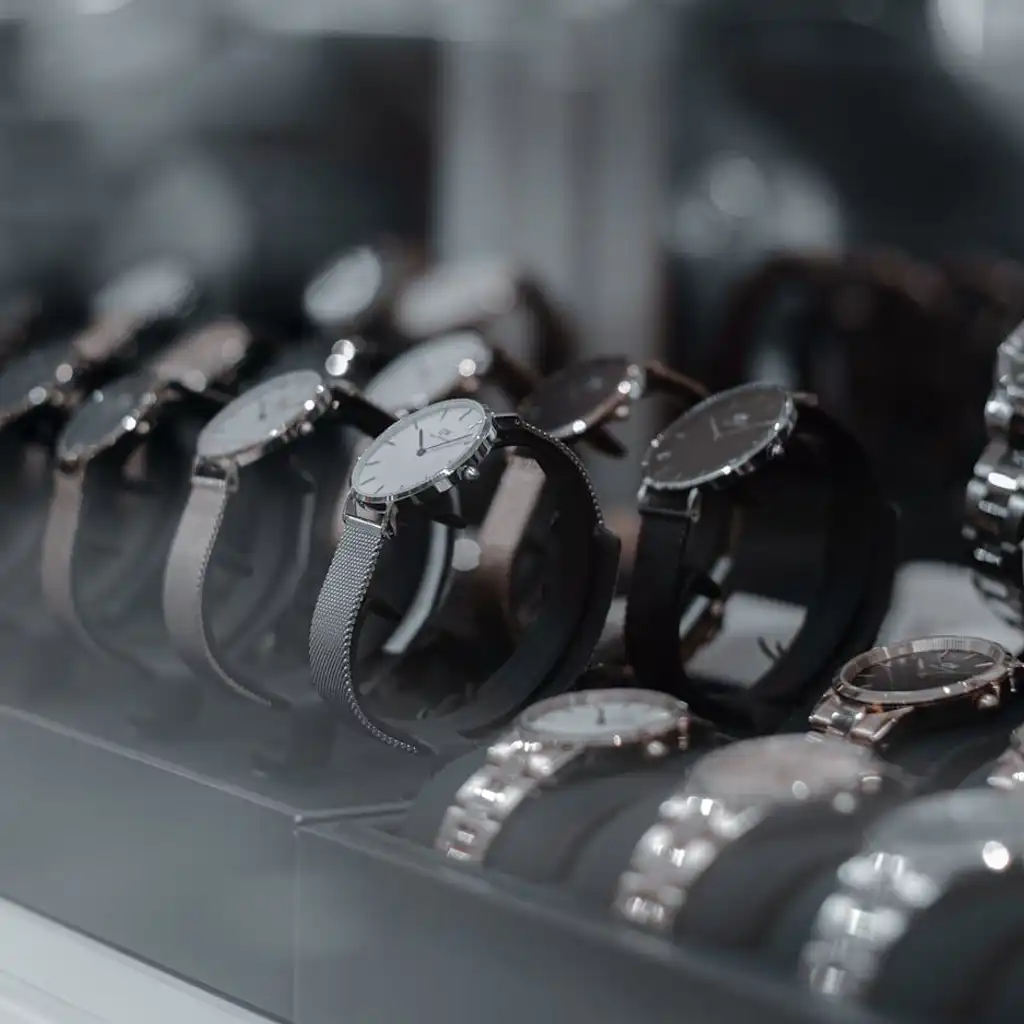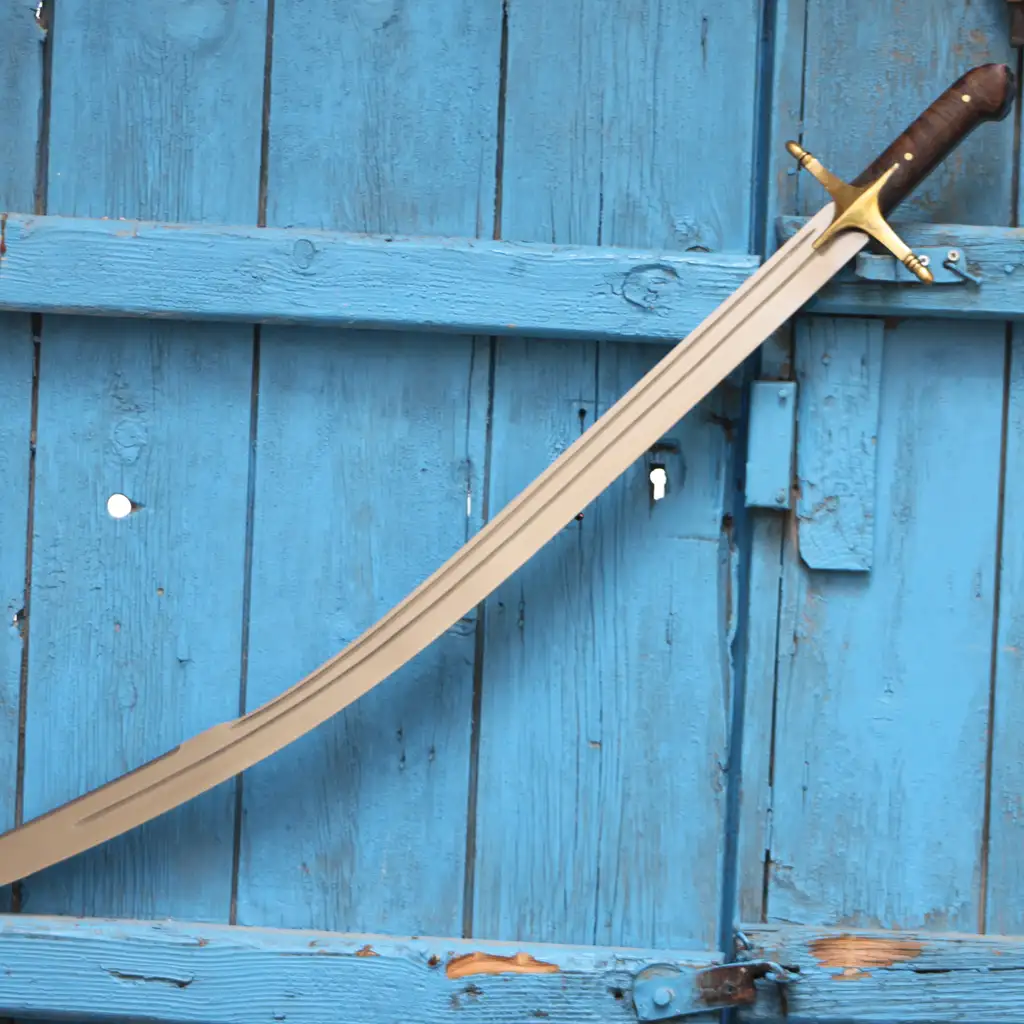The Might of the Pen
“The pen is mightier than the sword.” This famous quote from British author Edward Bulwer-Lytton highlights the power of the written word over violence. However, it also subtly points out an interesting fact for collectors: pens are fascinating items to collect, and certainly easier to gather than swords!
The Rise of Pen Collecting
Pen collecting is not just a hobby for writers; it attracts a broad audience. There’s even a dedicated group, the Pen Collectors of America, established in 1984. Recently, this hobby has seen a resurgence among younger generations who yearn for a more tangible form of expression in our digital, screen-dominated world.
Whether your interest lies in contemporary luxury pens or in the hunt for vintage treasures, pen collecting is a hobby filled with intrigue and elegance.
The Essence of Pen Collecting
The art of pen collecting isn’t new. In times when handwriting was the primary mode of communication, the quality of a pen could elevate the stature of a letter. Pens evolved from mere writing instruments to symbols of status and wealth, much like designer clothes or luxury cars. Many companies have thrived on crafting high-end pens, often in limited editions.
Highlighting the prestige of pen collecting, in October 2019, the legendary Sothebys auction house featured an exclusive auction of designer pens and writing equipment, drawing eager collectors and fetching thousands of dollars.
Penophiles: The Pen Enthusiasts
Pen collectors are sometimes humorously referred to as “Penophiles,” a term best used with caution in public. The community of pen enthusiasts is diverse, including famous writers like Stephen King and Sir Arthur Conan Doyle, and extends beyond the literary world.
Different Kinds of Pens and What Makes Them Valuable
Pens are generally categorized into three types: fountain, ballpoint, and rollerball. Understanding these types can enhance the collecting experience.
- Fountain Pens: These are often the stars of high-end pen collections. They have refillable ink wells and disperse ink through a metal nib. Their craftsmanship, along with the possibility of having nibs made from precious metals, makes them highly sought after.
- Ballpoint Pens: Likely the type you use for everyday tasks like writing a grocery list. They use a small metal ball to spread oil-based ink, which tends to be lighter.
- Rollerball Pens: Similar in design to ballpoint pens but use water-based ink, resulting in darker, sharper writing.
Luxury brands usually favor fountain pens for their refillability and the potential for luxurious design elements. However, some designer brands do incorporate rollerball designs in their collections.
What Makes a Pen Valuable?
The value of a pen, much like fine art or luxury cars, can be attributed to several factors:
- Craftsmanship and Materials: Designer pens are valued for their exquisite craftsmanship and the materials used. Pens adorned with diamonds, gold, or other precious materials are obviously valuable.
- Brand Name: The reputation and history of the brand play a significant role in a pen’s value. Renowned brands like Waterman or Montblanc often produce pens that are highly prized.
- Rarity: Sometimes, the scarcity of a pen can elevate its value more than its materials. Limited edition pens or those from famous collections can be especially valuable.
- Complete Packaging and Authenticity: Pens accompanied by original packaging, certificates of authenticity, and other related materials often have higher values, similar to the way watches are valued.
High-End Pens from Around the Globe: A Collector’s Dream
The “Rolex” of Pens: Montblanc
When it comes to high-end, collectible pens, Montblanc often tops the list. Referred to as the “Rolex of pens,” this brand is celebrated for its rarity, exceptional quality, and superior craftsmanship. Montblanc pens are not just writing instruments; they are symbols of prestige.
The Artistry of Namiki Pens
Japan’s Namiki is another gem in the world of collectible pens. What sets Namiki apart is the unparalleled artistry of its pens. Each pen is hand-painted by a single artist, ensuring that no two pens are alike. The intricate lacquer designs, often featuring motifs like cherry blossoms, flowers, and dragons, make Namiki pens a piece of art in their own right. Some Namiki pens can fetch thousands of dollars, with entire collections reselling for even more.
Other Luxury Brands
- Montegrappa: Known for its diverse range of high-end fountain pens, Montegrappa’s designs draw inspiration from a variety of themes, from literary figures like Hemingway to space exploration themes like NASA.
- Cartier: Not just a luxury watch and jewelry brand, Cartier also designs pens that embody elegance and complement their other luxury products. A gold-plated Cartier pen can be quite the investment, especially if it’s a vintage or rare piece.
The Allure of Collectable Fountain Pens
Fountain pens are often synonymous with the concept of collectible or luxury pens. These pens use a nib, a diamond-shaped bisected piece of metal, to deliver ink to paper. The design of the nib allows for variable line thickness, making fountain pens ideal for calligraphy and other forms of artistic writing.
The Timeless Appeal of Pens
Despite the advancements in technology and communication tools, the allure of the pen persists. Much like how the invention of clocks and cellphones didn’t render watches obsolete, pens continue to thrive as personal symbols of style and sophistication. They remain a coveted collector’s item, embodying history, art, and personal expression in a way few other items can.
The Charm of Vintage Pens
For those with a penchant for history, collecting vintage pens offers a unique journey into the past. Consider early models from esteemed brands like Waterman, Montblanc, or the vibrant multi-colored celluloid pens with snake motifs. These pieces are not just writing instruments but portals to a bygone era.
Starting a vintage pen collection doesn’t require an immediate large investment. Instead, it’s advisable to conduct thorough research to understand what you’re looking for and the potential repairs needed. A practical and enriching approach is to purchase damaged vintage pens and restore them yourself, providing a hands-on understanding of their mechanics and history.
The thrill of hunting for vintage pens adds another layer of excitement. Scouring through antique shops and garage sales for these hidden gems can be a rewarding experience for any collector.
Storing Your Pen Collection
Storing a pen collection isn’t as straightforward as one might think. While displaying them in a glass case or storing them like fine silver seems logical, certain precautions are necessary, especially for vintage pieces.
For example, vintage celluloid pens emit acetic acid, which can cause deterioration and potentially damage surrounding items. These pens should be stored separately, in well-ventilated spaces, away from dampness and direct sunlight. Some collectors use carbon cloths to absorb harmful vapors.
However, if you’re planning to use your pens regularly, the best storage solution might be as simple as keeping them within arm’s reach of your desk.
The Growing Popularity of Pen Collecting
Pen collecting is far from a fading hobby; in fact, it’s experiencing growth. Luxury pen manufacturers are struggling to keep up with the increasing demand. Whether your interest lies in contemporary designs or vintage classics, joining the world of pen collecting means becoming part of a vibrant and passionate community.
In summary, whether you’re drawn to the rare and vintage or the sleek and modern, pen collecting offers a world of history, craftsmanship, and style. It’s a hobby that not only celebrates the past but also embraces the present, ensuring that the legacy of these elegant writing instruments continues to thrive.




